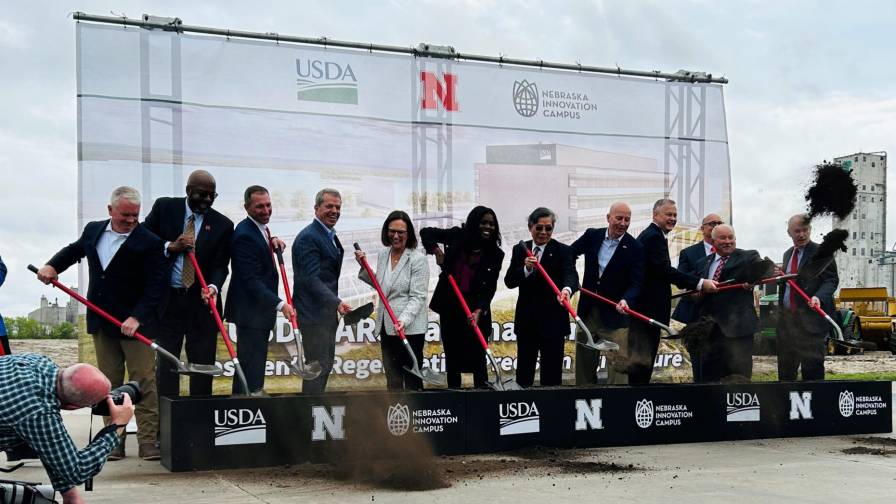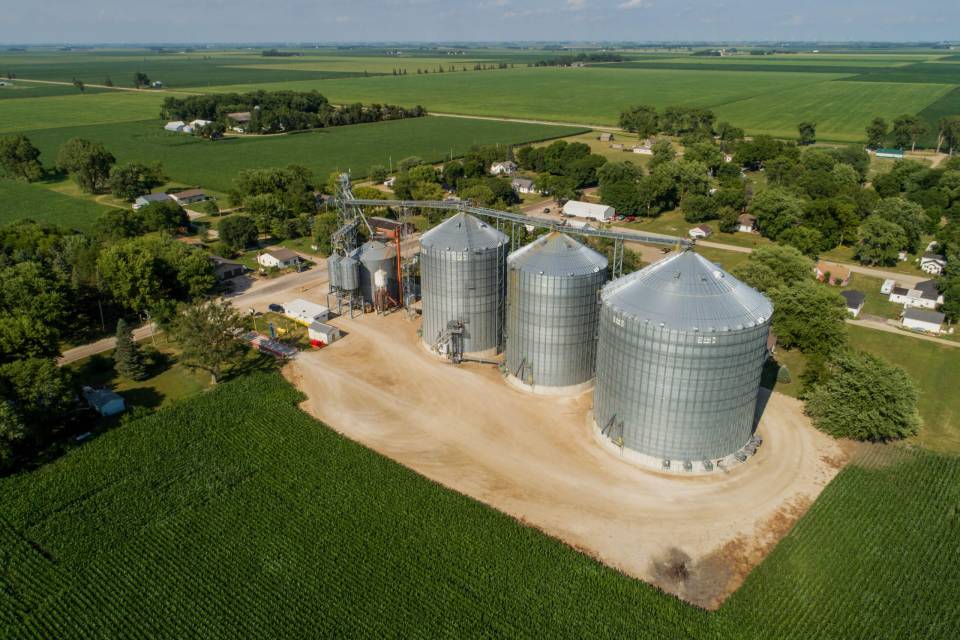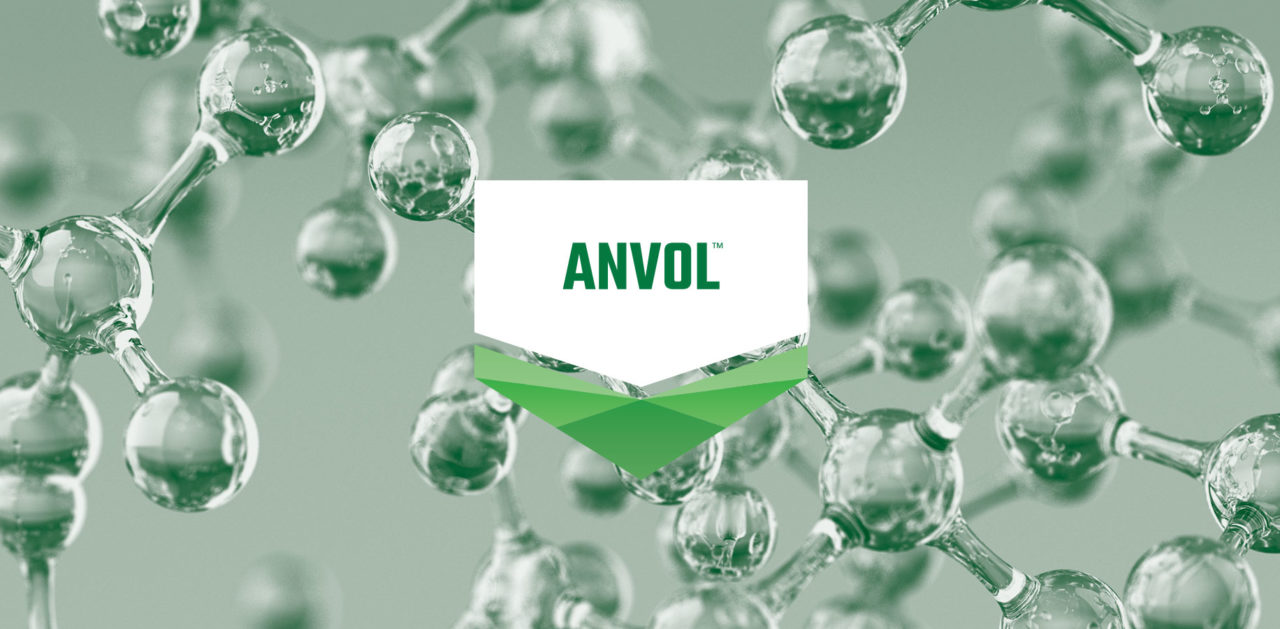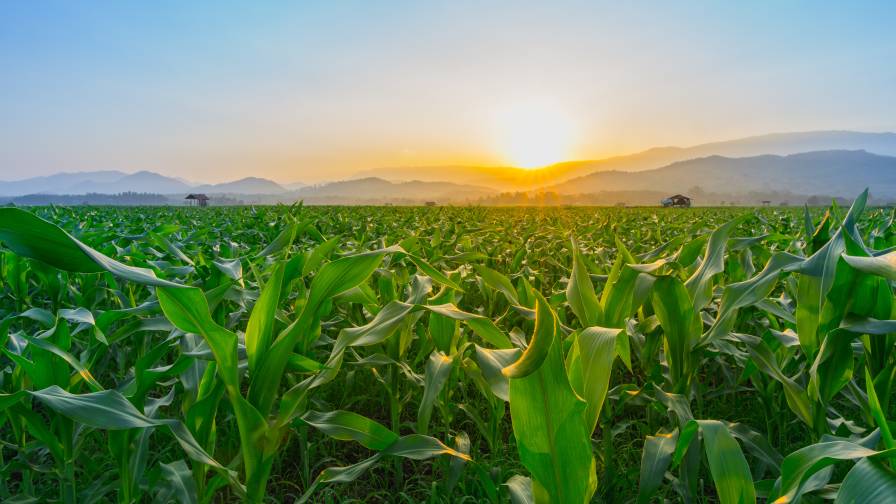Fertilizer Sales: Another Down Year For Top 100 Ag Retailers
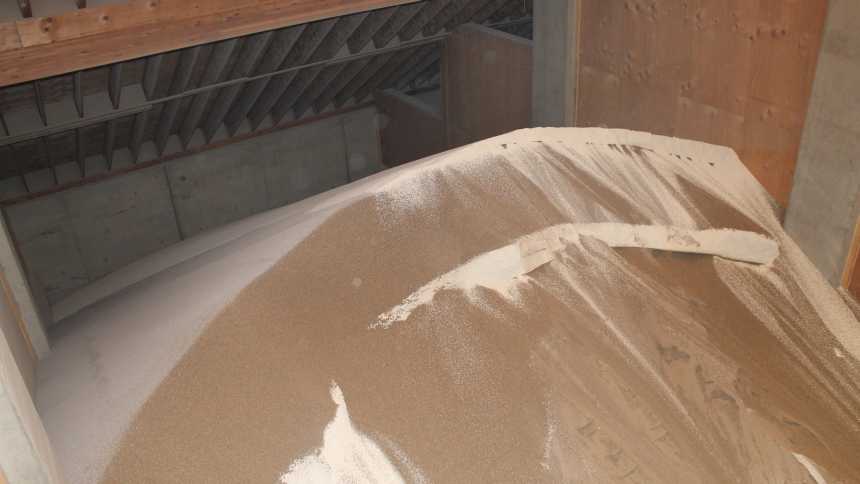
After three straight years of less-than-stellar numbers for the nation’s largest agricultural retailers, can the fertilizer category finally look forward to a turnaround in 2016?
In pure number terms, the fertilizer category still dominates all crop inputs/services among CropLife 100 ag retailers. In 2015, for instance, just slightly less than half all sales taking place at the average outlet fell into the fertilizer category.
But things used to be a whole lot better. Not too many years ago in 2012, almost 60% of all ag retailer revenues within the CropLife 100 centered around fertilizer. Then, the market began to turn.
Higher fertilizer prices didn’t really bother anyone during the giddy days of $7 per bushel corn. However, once commodity prices started declining back into the $3 per bushel range, fertilizer sales pulled back accordingly. Between 2012 and 2014, the fertilizer category among CropLife 100 retailers steadily lost value — from $15.2 billion in 2012 to $14.8 billion in 2014.
And 2015 was more of the same. According to the 2015 CropLife 100 survey, the fertilizer category lost another $300 million in value during the year, now standing at $14.5 billion. Market share for the category dropped another 1% to 48%.
Whereas falling commodity prices coupled with higher-than-average fertilizer prices worked to curtail spending during the past two seasons, 2015 had an added factor which apparently hurt the category’s sales — weather. Across many parts of the Midwest, the rains this past spring came early — and never really left. For instance, in states such as Indiana, record rainfalls were recorded during both the months of June and July. This caused many fields to be flooded and ultimately cost growers in the Hoosier state 25%
crop losses.
In nearby Ohio, the situation was similar, negatively affecting fertility applications from earlier in the spring of 2015. “Corn is firing up all the way to the top leaves already in our area,” said Mike Tobe, vice president and agronomy division manager for Legacy Farmers Cooperative, Finlay, OH, in a mid-summer interview with CropLife® magazine. “So it’s obvious we had a later hit on nitrogen loss in some fields than what we originally suspected.”
Plant Or Fertilize?
Because of this situation, many retailers say their grower-customers faced some hard choices when it came to the 2015 planting season. With only a few non-rainy days available during the March to June time frame, several of them had to decide whether to put down an application of fertilizer or plant their seeds, “mining the soil” as best they could along the way. Based upon the fertilizer category numbers, many grower-customers chose the latter option.
But if this weather-oriented event presented a negative for the nation’s top ag retailers, there still was something of a silver lining when it came to grower-customers and making fertilizer purchases. During the 2014 CropLife 100 survey, when asked how hard it was to convince grower-customers to buy fertilizer during the year, an overall 20% described the situation as “very challenging” (broken down by fertilizer type, the actual percentages were 23% for nitrogen, 14% for phosphorus, and 24% for potassium).
However, in the 2015 CropLife 100 survey, this overall figure dropped to only 12% of respondents describing the market as “very challenging” (13% for nitrogen, 14% for phosphorus, and 8% for potassium). Much higher percentages of CropLife 100 ag retailers described their macronutrient demand in 2015 as “not unusually challenging” (51% for nitrogen, 56% for phosphorus, and 63% for potassium).
If there’s another positive for CropLife 100 ag retailers to hold onto when it comes to their fertilizer sales, it’s the crop outlook for 2016. For several years now, grower-customers have largely mined their soil nutrient levels, but as John Christian, president of Green Valley Agricultural Inc., Wayland, MI, points out: “Producers know that they can’t just remove nutrition from the crop and expect a good yield.”
What also might help is a larger corn crop in 2016. And that’s apparently what CropLife 100 ag retailers are anticipating. According to the 2014 CropLife 100 survey, 75% of respondents believed overall corn acreage in the country would decline between 1% and 10%. Only 6% believed corn acres would grow this same amount.
In the 2015 CropLife 100 survey, however, these percentages have taken a dramatic turn upward. When asked to compare the 2016 corn acreage vs. the 2015 outlook, 37% of respondents believe next year will see between a 1% and 10% rise in the amount of corn being planted in the U.S. Better still, only 27% of CropLife 100 ag retailers foresee corn acreage falling between 1% and 10%.
Given these facts, perhaps the fertilizer category for CropLife 100 ag retailers in 2016 is finally poised to return to some market growth. As always, we should get the first indications of whether or not this is the case in a few short months.

